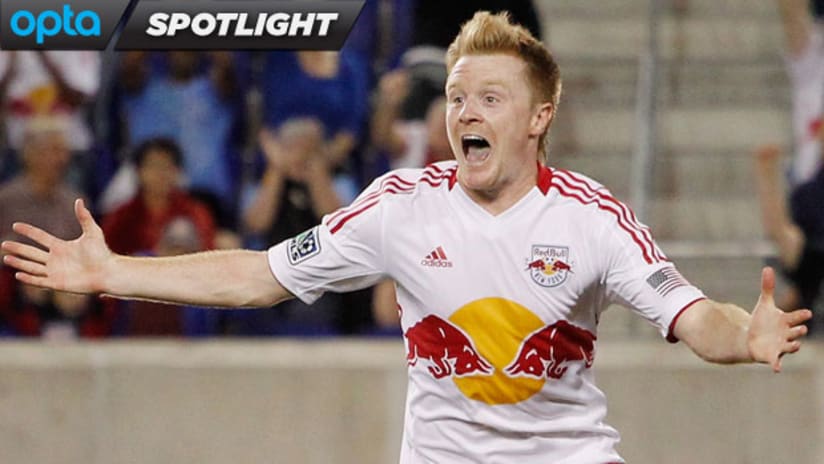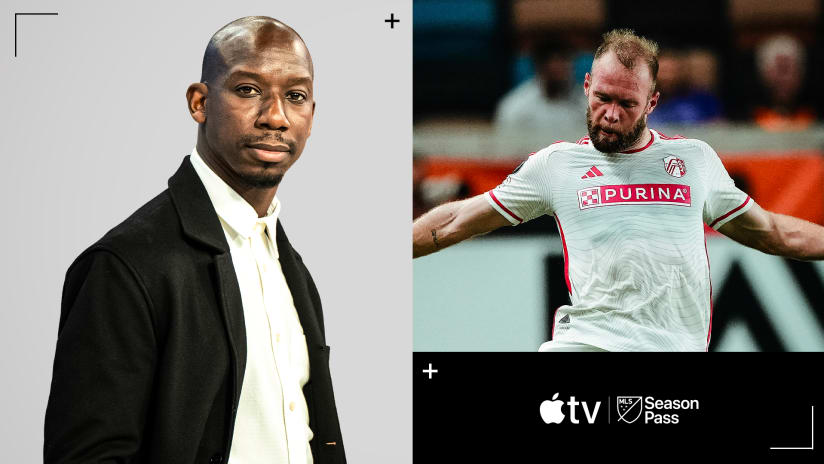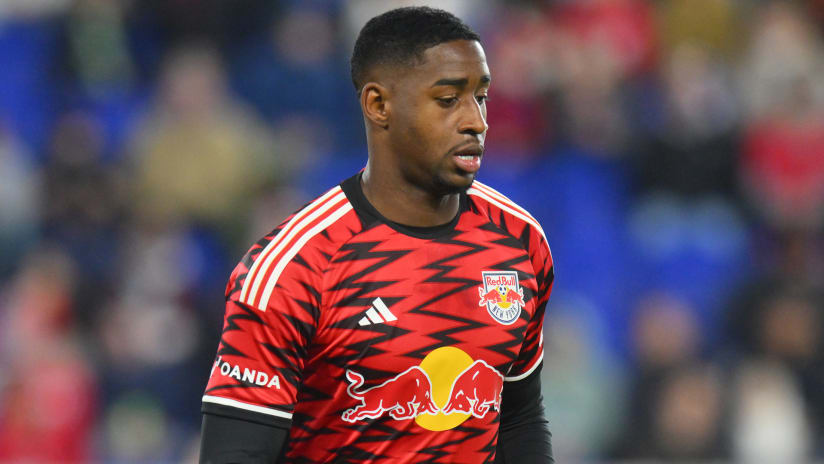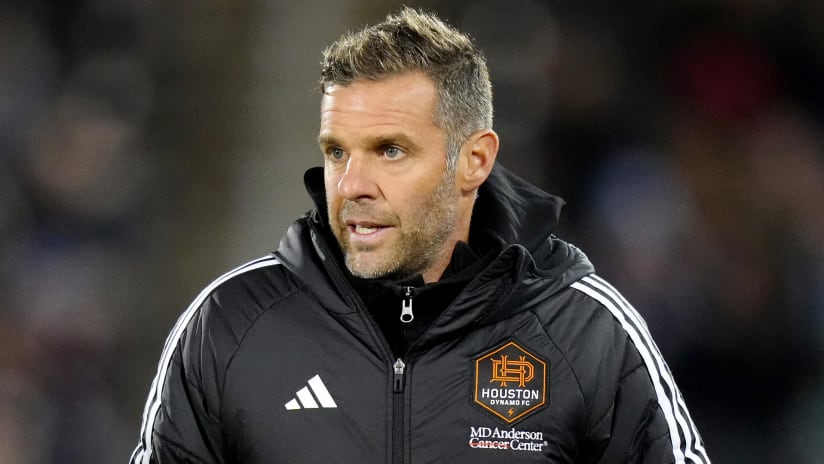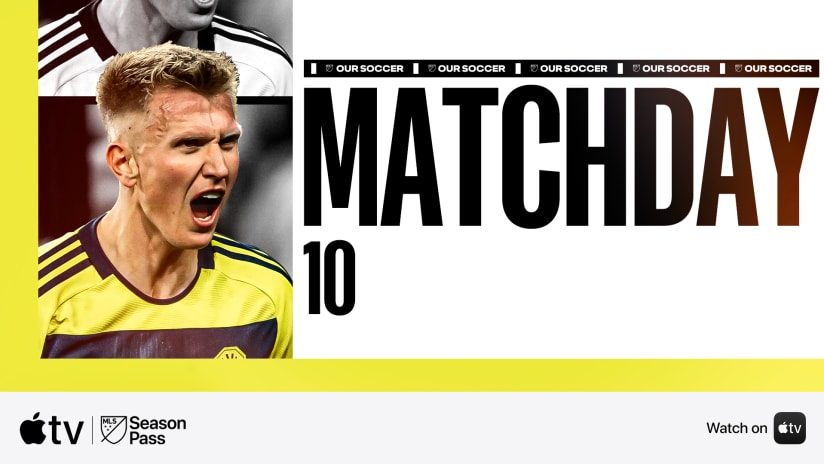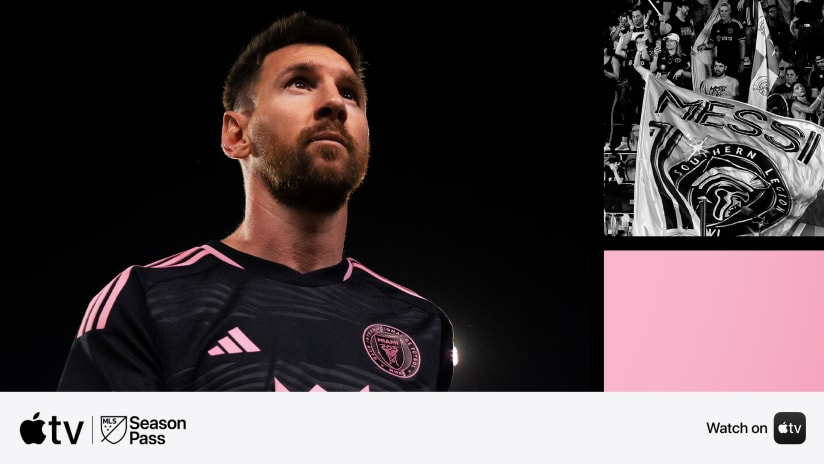MLSsoccer.com continues to take a look back at the 2012 season that was for all 19 clubs in Major League Soccer, starting with Toronto FC and ending with the Supporters' Shield-winning San Jose Earthquakes. You can find the schedule and comprehensive reviews for each team here.
2012 record: 16-9-9 (57 points); 57 GF / 46 GA (+11 GD)

2012 in Review: New York Red Bulls
Q&A with New York's Mike Petke
Armchair Analyst: Great expectations? Same old, same old
WATCH: 2012 New York goals
2012 New York Red Bulls Average Position
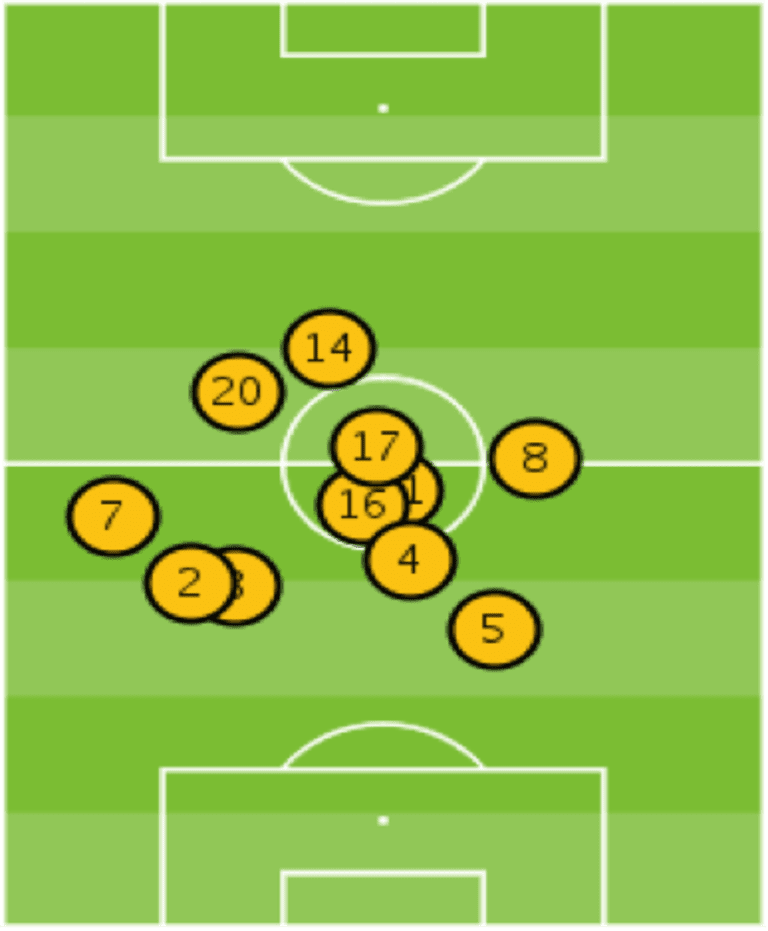
More than anything else, the average position chart is an indication of consistency, both in the makeup of a team's starting XI and the positioning therein.
Clearly, New York did some shuffling during 2013, much of it on the backline. That's something they'll want to tone down in 2013, with the hope that the injury bug isn't quite so pervasive.
Somehow, Kenny Cooper (33) missed out here despite playing in all but one game, but Thierry Henry (14) is right where you'd expect: left channel and highest man up the field.
2012 New York Red Bulls Passing Matrix(Download HERE)
We'll get to Henry, Cooper, Rafa and Cahill later. Nobody had a more productive season with the ball at his feet than Dax McCarty, who led MLS in successful passes (1,852) by more than 100 completions.
To put that in perspective, McCarty averaged a tad more than 56 successful passes per game, which amounted to nearly 14 percent of the passes completed by New York, an astounding figure considering he wasn't just in cahoots with the Red Bulls backline.
Nobody found the feet of Henry more, and only the Frenchman completed more passes to Cooper. McCarty was also Tim Cahill's, Joel Lindpere's and Dane Richards' primary passing partner. In short, he was the ignition switch for the New York attack, as well as the outlet for the defense. When he was firing, which was most of the time, the pistons had the propellant to put opposing defenses on their heels.
1) If Cooper leaves, who's going to bang in all those big chances?
Yes, Henry put it on a platter for Cooper time and time again this season, but nobody was more efficient with those chances than the big man.
Thirteen times Cooper was presented with an opportunity he should have reasonably scored, and he put the ball in the back of the net 11 of those times (84.6 conversion percentage). That's easily the top mark in the league among those with more than four big chances, not counting Patrice Bernier's 100 percent mark in eight chances (six penalty kicks). Cooper was three for three from the spot himself, but eight for 10 is still an incredible success rate when the league average, including penalties, was 44.3 percent conversion.
Rumblings out of Red Bull Arena are that Cooper may be too pricey to keep around. That's all fine and good, but Andy Roxburgh surely knows he'll need a poacher to replace the 18 goals his center forward contributed.
2) Speaking of scoring and creating chance, New York needs more from it's secondary cast
Henry (15 goals, 12 assists) had a career year in MLS, and Cooper (18 goals, three assists) matched his 2008 season. But New York didn't get enough from the attackers charged with supporting options 1a and 1b.
indpere (five goals, five assists) was the most productive player in squad behind the big two, but was inconsistent and seemed half a step behind at times. The Sébastien Le Toux experience never worked out like most had hoped, and nobody else stepped up in the void to provide a consistent third or fourth option.
The stats bear that out as well: Behind Henry (37) and Cooper (46), nobody had more than 12 shots on goal, and McCarty was clearly the third-most dangerous Red Bull in terms of shooting and chance creation. With a full preseason under his belt and a bit more luck, Cahill could improve on his fairly disappointing attacking stats (one goal, three assists, 12 chances created, eight shots on target, without a goal in three big-chance situations in 12 starts). Or – and this is worrisome – that could just be the player he is now. Over the last 18 months, he has just four goals in 55 appearances across all competitions with Everton and RBNY.
The Red Bulls also have Fabián Espíndola in the fold, and he may yet prove better suited to a No. 3 role than the secondary scorer responsibilities he was burdened with in Real Salt Lake. Juninho Pernambucano has arrived as well. Can he be the creative midfield presence New York need? It's too soon to tell.
Either way, New York need more outside Henry and Cooper come 2013 to reach their goals.
3) After a rough beginning, Markus Holgersson proved himself worthy of a starting spot
There are still some doubters out there, but expecting a foreigner to fit seamlessly into MLS is downright cruel. Holgersson started slowly, but found his footing with Heath Pearce as a running mate as the season went on.
The Swedish center back was second on the team in competed passes (1,317), first in combined clearances, blocks and interceptions (235) by a comfortable margin and second in attempted tackles (57) behind McCarty (110, second in MLS). He even chipped in three goals from set pieces, proving to be New York's most dangerous weapon in dead-ball situations.
Now, he'll have a fight on his hands to keep hold of his starting spot come 2013 following the trade for Jámison Olave, but there's no reason to think the towering Scandinavian can't hold off his competition if he plays to his ability. Or they could play together with Pearce moving out to his preferred left back role.
Side note: Is there a better group of central defenders in MLS than Olave, Pearce, Holgersson and Wilman Conde? Let us know in the comments section below.
Random nugget: New York cleared the ball off the line eight times in 2012 compared to twice in 2011. Under pressure.

